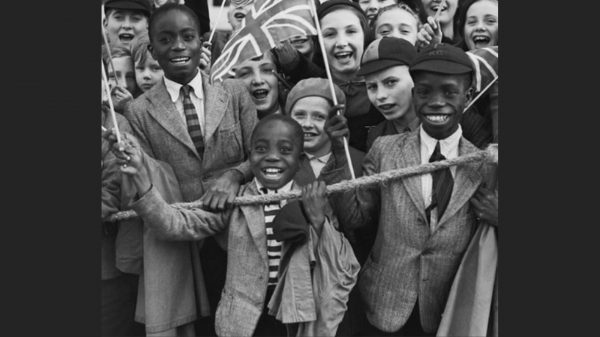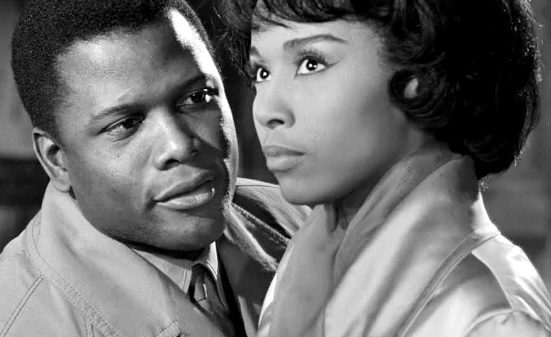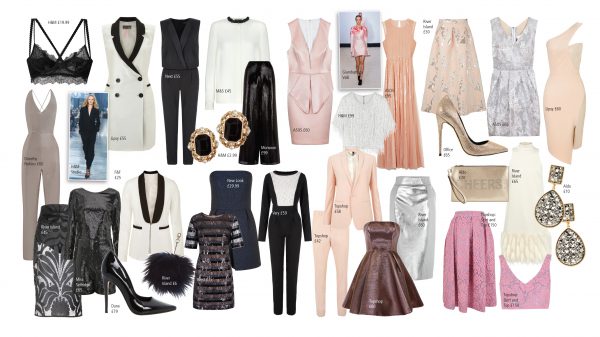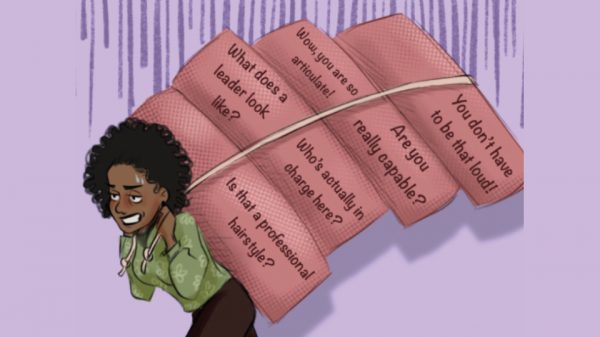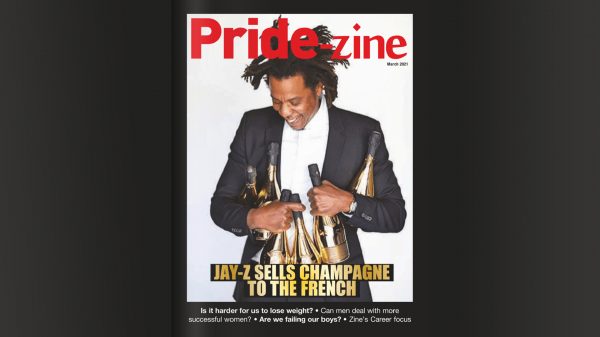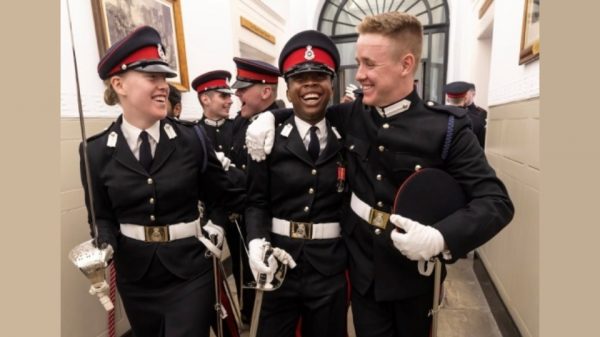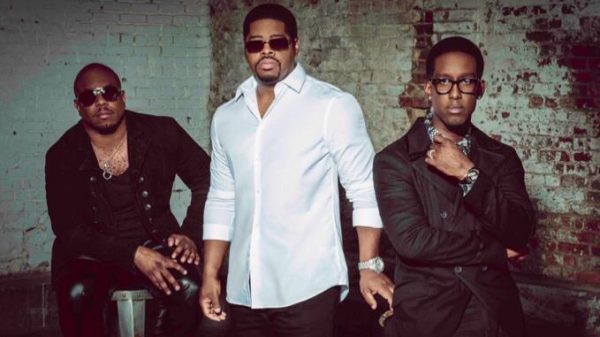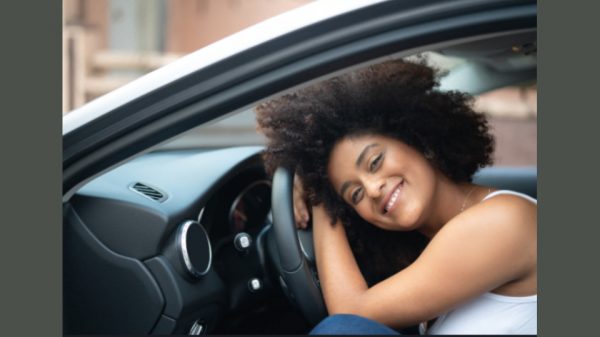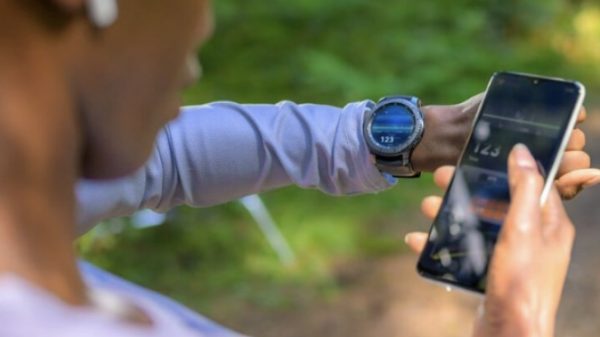Passing your driving test and getting your full licence is an exciting milestone that opens up new opportunities for travel and work. However, as a new driver, buying your first car can feel overwhelming. Many first-time buyers end up overspending or choosing a model that’s not quite right for them.
This guide will walk you through the process, from setting a realistic budget to picking up your new car and handling the paperwork, ensuring you make a smart and confident purchase.
Understanding Your Budget and Financing Options
Set out a detailed budget before you rush to the dealership and buy something you can’t afford and will regret later. Start by determining your current after-tax income and expenses. With this clear picture, you can consider how much you can spend on a car. Factors in the initial price and running costs include fuel, insurance, and servicing.
If you plan on leasing a new car, you must add the monthly and initial rental costs in advance, which is usually equal to three to nine months. Unlike a deposit, it’s non-refundable, but paying a higher initial rental will reduce your monthly payments.
Choosing the Right Car: Factors to Consider
The best model will depend on your lifestyle and budget, but any vehicle you choose must be safe and reliable. Small cars are often the cheapest to buy and run thanks to their lower-sized engines and low repair costs, but they may be unsuitable if you make frequent long journeys or require a lot of boot space.
Newer cars will be safer, with features like Auto Emergency Braking (AEB) and Electronic Stability Control (ESC). Brand new vehicles will come with the reassurance of the manufacturer’s warranty and the same technology. You’ll be able to choose the colour of the trim, exterior paint, and seat fabric.
Used cars are less expensive, as the previous owner has already taken the depreciation hit. The used market is vast, with models for any budget and colour. Thanks to depreciation, insurance premiums are lower, making ownership more feasible. The lower price point allows you to afford higher-end models than you would be able to with a new car.
Inspecting a Used Car: How to Spot a Good Deal
Online marketplaces are a great way to view a broad range of makes and models at affordable prices. If you’ve got your eye on a specific car, there are a few steps to ensure it’s a good purchase.
If it’s over three years old and was initially registered in the UK after 2002, you can find its entire MOT test history online. After entering its registration number into the government’s MOT check website, you can access the details of each test. If you spot several advisory notes that highlight potential issues, it’s worth moving on.
After deciding you want to see it in person, inspect its bodywork and chassis to ensure it has even, consistent panels and matching paint that indicate it hasn’t been in an accident. The wheels and tyres should be in good condition, free from cuts and bulges and pass the 20p coin of 1.6mm tread depth test.
Take it out for a test drive to see how it handles on the road. If the seller won’t allow this, avoid buying the car. You can also use services like HPI checks to ensure the vehicle isn’t stolen or has unresolved finances.
The Paperwork and Legal Considerations
When buying the car, you’ll need the VC5 (logbook) registration, a transferred MOT certificate, service history, and a car manual. Use the DVLA online service to update the VC5 and cancel the seller’s direct debit and vehicle tax. Ensure it’s re-taxed and insured with an MOT certificate before you can legally drive it home.
Provide the seller with your driving license and proof of address. Once the transaction is complete, ask for a signed receipt that specifies the make, model, registration, chassis number, engine size, date of purchase, and amount paid.




